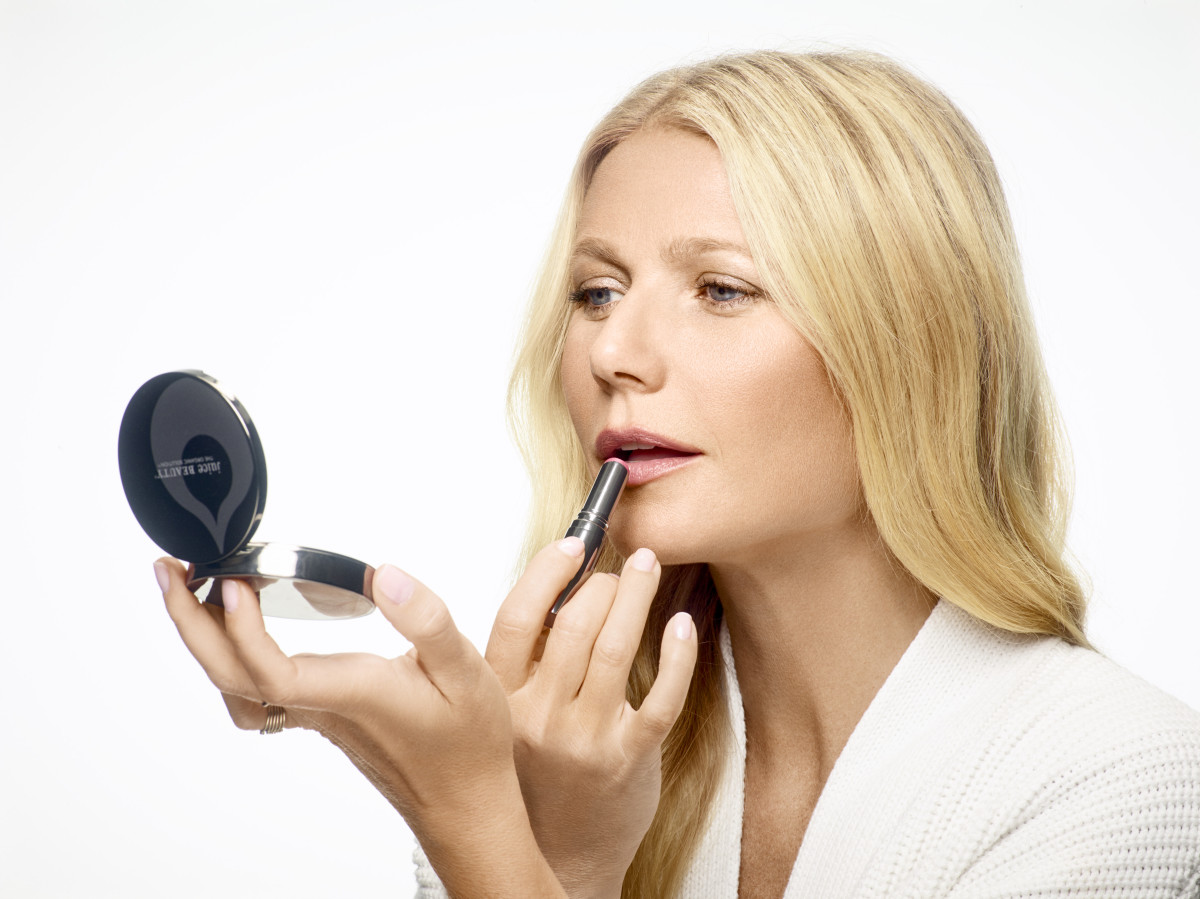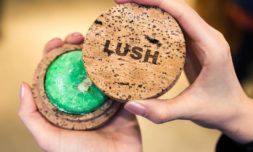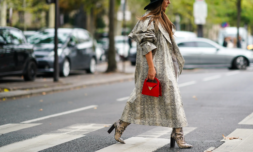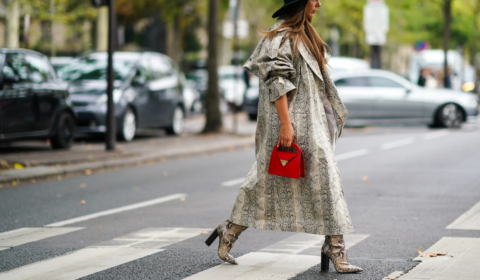Environmentally conscious consumers are ditching synthetic beauty products in favour of natural alternatives, but there’s a dark side to the boom in their popularity.
At present, the general consensus that ‘natural,’ ‘green,’ ‘organic,’ and ‘clean’ means better is ubiquitous within the beauty industry and frankly speaking, it makes a lot of sense. Buzzwords used by cosmetics and skincare companies to shift products; they promise eco-friendly alternatives that seem to be an obvious solution to reducing the impact our beauty routines are having on the planet.
With ‘natural’ the most googled among them (followed swiftly by ‘without preservatives’ and ‘cruelty-free’), and a 2019 study by Statista revealing 58% of women in the US seek these components when shopping for beauty, one can pretty much gauge the popularity of such products, products that promise to work wonders for our skin, all whilst ‘saving the planet.’
Widely believed that they are less polluting, as well as being gentler on our complexions, natural beauty products are undoubtedly the go-to option for conscious consumers more aware than ever before of what they’re putting on their faces. Particularly given recent research showing that synthetic ingredients such as sulphates and parabens can cause severe irritation.
And with high-profile celebrities including Miranda Kerr, Jessica Alba, and Gwyneth Paltrow frequently touting the use of items free of harmful chemicals, it isn’t difficult to understand why the movement encouraging us to go au naturale has gained so much traction.


The terms, however – while suggestive of being good for both us and the environment – have a tendency to be a little misleading, particularly ‘natural’ which is a relatively broad word, one with no real concrete, recognised definition.
For starters, it isn’t currently regulated. With no official standard in place guaranteeing quality and protecting against fraudulent claims, products can be labelled ‘natural’ even if they only contain a minute percentage of natural ingredients.
Furthermore, although it’s implied that the ingredients originate from natural sources (specifically plants which generate extracts and oils), ‘natural’ beauty products often also comprises animal by-products like honey and milk, which isn’t quite so in-keeping with the kind-to-nature connotations the term alludes to.
Beyond its eco credentials, ‘natural’ beauty sounds like a minimalistic, back-to-basics approach that offers simplicity and transparency amidst a growing sense of ‘chemophobia,’ where anything synthetic is considered inherently toxic, driven by the wrongly propagated fear that our body absorbs 60% of what we put onto it.
It’s a notion that brands have been all-too eager to capitalise on, but despite the ostensibly clean appearance of ‘natural’ products, there remains an important question yet to be answered: is natural beauty genuinely sustainable or is it contributing further to the climate crisis?
‘The idea that ‘natural’ is always synonymous with ‘environmentally friendly’ is being dispelled,’ says creative researcher at The Future Laboratory, Livvy Houghton. ‘While plant-based products may be biodegradable, they may not be as sustainable as they seem.’


Houghton highlights a failure to recognise the harsh reality of our reliance on taking ingredients straight from the earth to create ‘natural’ products, which presents a real issue when the resources aren’t replaced.
Sourcing ingredients from delicate ecosystems where the indigenous flora is already under threat is especially problematic, as putting increased pressure on these habitats can give rise to an economic incentive for locals to cut down wild areas and convert them into farmland.
This is exactly the case with palm oil (a key element of soap and lipstick manufacture), the devastating effects of which – a loss of biodiversity, deforestation, and the displacement of animals and indigenous people – is only now being fully realised.
‘Guilty of exacerbating climate change, it’s something that’s attracted a great deal of negative attention recently,’ adds Houghton. ‘Many have lost their homes and livelihoods due to the unsustainable plundering of their habitats, not to mention that it’s pushing endangered orangutans to extinction (according to Greenpeace).’
Likewise, we’re beginning to see the darker side of rosewood essential oil production, an ingredient commonly used in aromatherapy and skincare derived from Aniba Rosaeodora, a species of tree listed as endangered on the IUCN Red List because to garner enough oil in order to sell, the whole tree must be cut down.
Because measures don’t go far enough to ensure the tree’s protection, the potential environmental impact of using the ingredient is simply not worth it and acknowledging this, some brands have decided to omit it entirely from their collections.
The same goes for argan oil, renowned for its shine-inducing, nourishing effects on our hair, it’s harvested from the rare Argania Spinosa plant which takes over fifty years to produce sufficient fruit for sourcing.

























